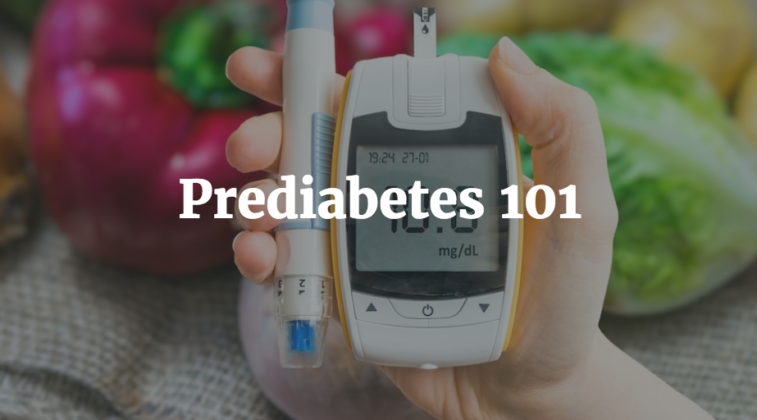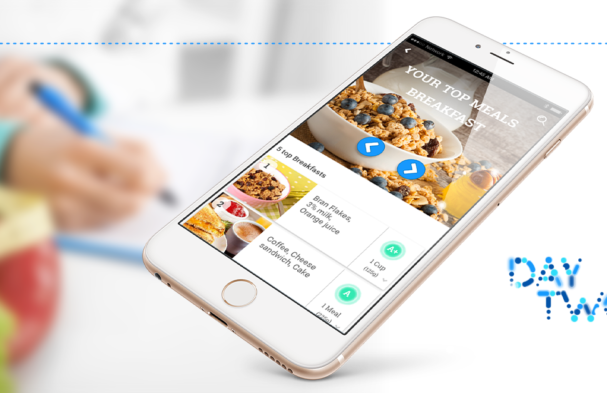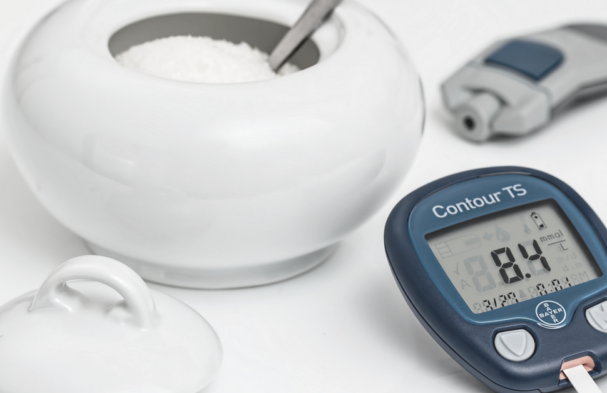
You may have heard a lot on the topic of diabetes. But what it’s younger cousin, prediabetes?
According to the U.S. Centers for Disease Control and Prevention (CDC), 86 million Americans, or more than 1 out of 3 have prediabetes. That’s a pretty significant amount. Even more importantly, more than 70% of these people will develop diabetes type 2 in their lifetime. The unfortunate point here is: Only 11% of people with prediabetes actually know that they have it.
So let’s go over the basics:
What is prediabetes?
Prediabetes is a condition where blood glucose levels are higher than normal but not high enough for a diagnosis of diabetes. Also known as impaired fasting glucose (IFG), or impaired glucose tolerance (IGT). Someone with prediabetes will experience insulin resistance, meaning the insulin will start to work less effectively in removing glucose from the blood to the cells to be used for energy. Once this happens, more insulin will be secreted to compensate. This stage of prediabetes can last many years.
What are the warning signs?
Unlike diabetes, prediabetes usually doesn’t have any obvious signs or symptoms. In some cases, you might notice darkened skin on certain parts of the body like the neck, armpits, elbows, knees and knuckles (also known as acanthosis nigricans) and feeling more tired or thirsty,
How do I know if I have prediabetes?
Firstly, there are certain risk factors that make it more likely for you to develop prediabetes.
These include, a family history of type 2 diabetes, lack of physical activity, excess abdominal fat, smoking, high blood pressure, high cholesterol, history of heart disease or stroke, gestational diabetes (diabetes during pregnancy), polycystic ovary syndrome (PCOS), and being from an Aboriginal, South Asian, Asian, African or Hispanic background.
The American Diabetes Association recommends blood glucose screening for adults should be at age 45, or sooner if you are overweight or have at least two risk factors for type 2 diabetes.
So what sort of tests will your doctor perform if you are at risk?
Diagnosis of prediabetes:
1) HbA1c between 5.7 – 6.4%. Also known as A1C, hemoglobin A1C, glycated hemoglobin and glycosylated hemoglobin test
This blood tests tells you what your average blood sugar levels are from the past 3 months. The higher the percentage in this test, the higher your blood sugar levels. If you have anemia, it isn’t relevant.
2) Fasting plasma glucose between 100-125 mg/dL.
This measures your blood glucose at a single point in time after fasting for at least 8 hours.
3) Oral glucose tolerance test (2 hours after drinking 75 grams of glucose) between 140-199mg/dL.
This measures your blood glucose after fasting, and then after drinking 75g of glucose. Your blood levels will be checked 1 hour and 2 hours after drinking the liquid. This isn’t usually performed.
What happens if you find out you do have prediabetes? How can you manage it and reduce the risk of developing diabetes? Read our blog post Six Steps to Take After Being Diagnosed with Prediabetes to get started in understanding the next steps to take.
Source: Centers for Disease Control and Prevention


